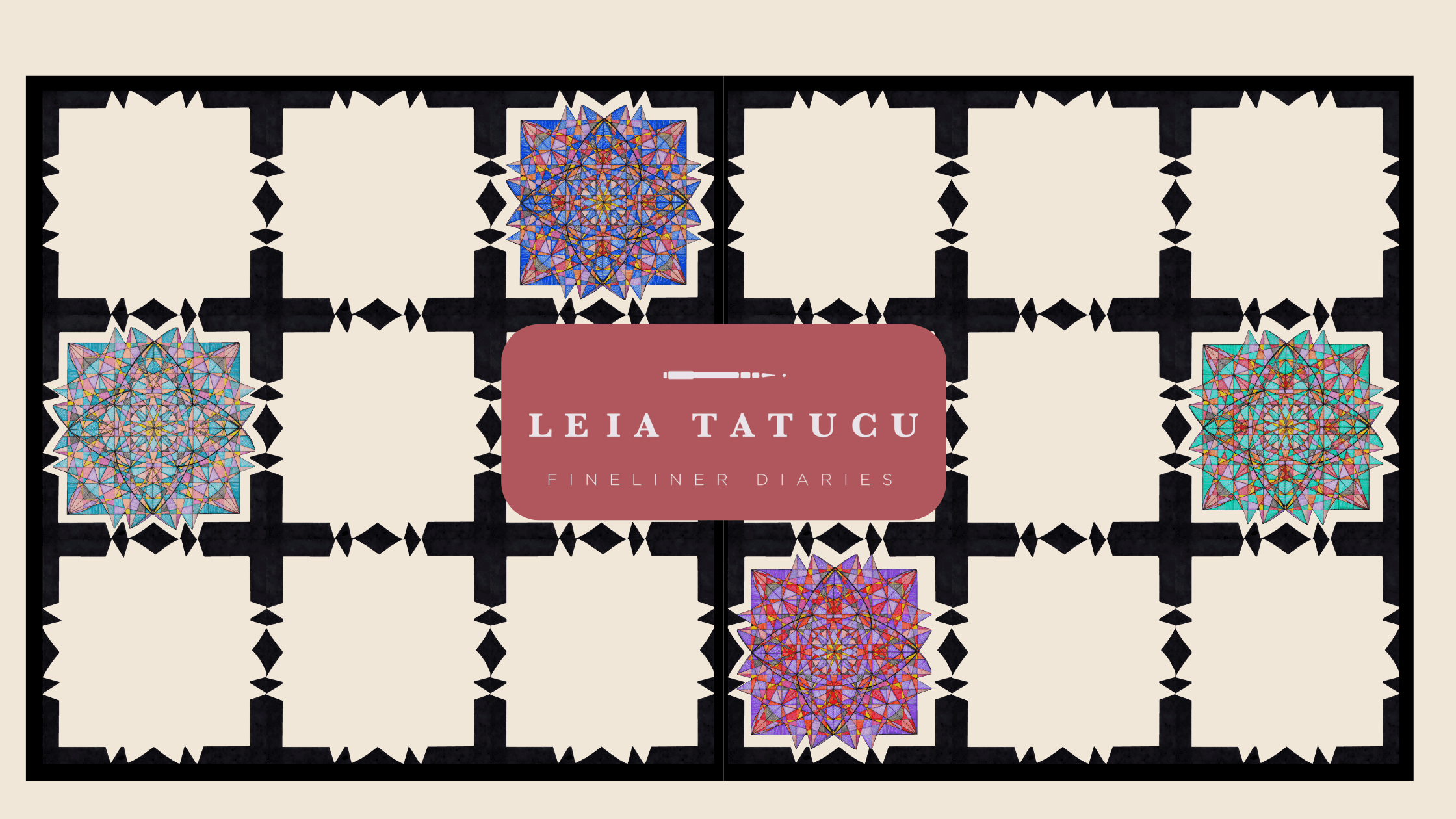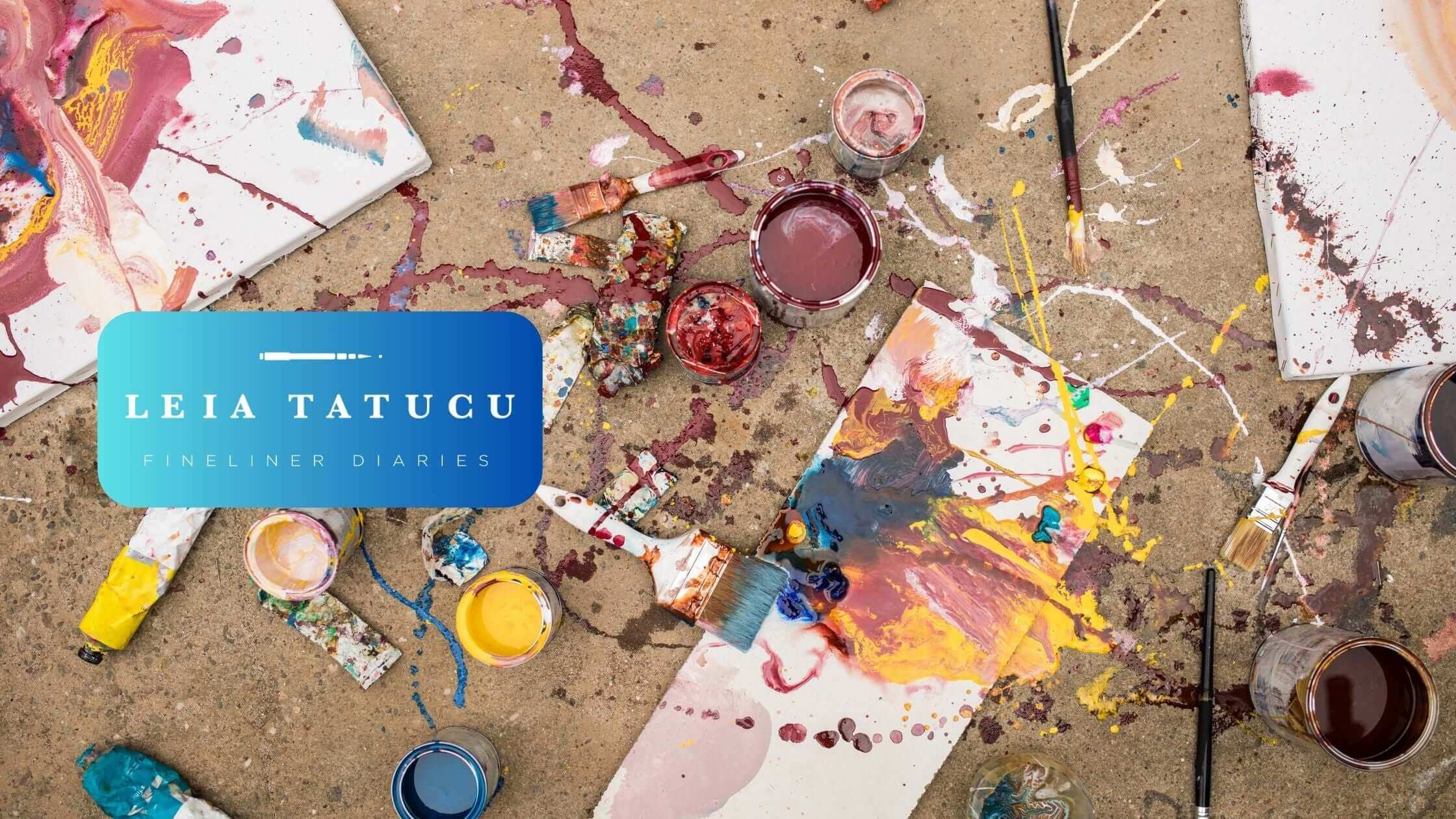
The Therapeutic Benefits of Art: Boosting Mental Wellness Through Creative Expression
Art has always been more than just a form of entertainment or decoration; it holds a remarkable ability to heal and transform lives. This week, let's delve into Art Therapy, where creative expression transforms into a potent tool for mental and emotional well-being. Whether you're an art enthusiast, collector, professional, or simply someone who enjoys creativity, this topic will surely resonate with you.
What Is Art Therapy and Why Is It Becoming Popular?
Art therapy is a rapidly growing field that fuses the world of art with psychological healing. Unlike traditional therapy methods, art therapy uses mediums like painting, drawing, and sculpting to help individuals express themselves and address emotional issues. Its popularity is soaring as more people discover its benefits in achieving mental clarity and emotional balance.

Art therapy is not just about creating beautiful pieces; it's about the process and what it reveals about our internal world. Therapists trained in both art and psychology guide participants through sessions that can unlock deep-seated emotions and provide a new avenue for understanding oneself.
The Science Behind How Art Heals the Mind and Body
The healing power of art therapy is backed by science. Research indicates that engaging in creative activities can lead to significant reductions in stress and anxiety levels. When we create, our brain releases dopamine, a neurotransmitter that promotes feelings of happiness and well-being. This makes art therapy particularly effective for managing mental health issues.

Research indicates that art therapy can positively affect physical health. For instance, cancer patients engaging in art therapy experience reduced pain levels and enhanced vitality. This dual advantage—addressing both mental and physical well-being—positions art therapy as a holistic approach to health.
Different Forms of Art Therapy: From Painting to Sculpting
Art therapy isn't limited to just one form of creative expression. Various mediums can be therapeutic, each offering unique benefits. Painting allows for the free flow of emotions, while sculpting provides a tactile experience that can be particularly grounding.
Other forms include:
- Drawing: Helps in fine motor skills and can be very meditative.
- Collage Making: Great for those who enjoy piecing together different elements to create something new.
- Digital Art: An emerging form that combines technology with creative expression.
- Dancing: Offers a physical release of energy and emotions, while also being beneficial for overall physical health.
Each medium offers a different way to explore and express oneself, making art therapy a versatile tool for healing.

The Role of Art in Mental Health Recovery and Stress Management
Art therapy plays a crucial role in mental health recovery. It provides a safe space for individuals to explore their feelings without the pressure of verbal communication. This is particularly beneficial for those who find it difficult to express themselves through words.
In stress management, art therapy acts as a form of mindfulness practice. The focus required to create art can divert attention from stressors, providing a mental break and fostering relaxation. This makes it an excellent tool for anyone looking to manage everyday stress better.
How Art Therapy Can Benefit Everyone, Not Just Artists
One of the most significant misconceptions about art therapy is that it's only for artists. In reality, anyone can benefit from art therapy, regardless of their skill level. The focus is not on creating a masterpiece but on the therapeutic process itself.
Art therapy can improve self-esteem, provide emotional release, and offer a new perspective on personal issues. It's a valuable tool for children, adults, and seniors alike, proving its universal applicability.
Discussion on the Future of Art Therapy and Its Integration into Mainstream Healthcare
The future of art therapy looks promising as it gains recognition in mainstream healthcare. Hospitals and clinics are increasingly incorporating art therapy into their treatment plans. This integration is a testament to its effectiveness and growing acceptance.

Future advancements may include more personalized art therapy programs tailored to individual needs, facilitated by advancements in technology and research. The ongoing exploration of the connection between art and neuroscience will likely yield even more insights into how creative expression can aid in healing.
Conclusion
Art therapy is more than just an activity; it's a pathway to healing and self-discovery. By engaging in creative expression, we can unlock emotions, manage stress, and improve our mental and physical well-being. Whether you're looking to explore art therapy for personal growth or consider it for professional integration, the benefits are profound and far-reaching.
If art therapy has positively impacted your life, share your story with us! We'd love to hear about your experiences and how creating art has helped you heal and grow. Let's start a conversation, exchange ideas, and support each other on this creative journey. Together, we can inspire and uplift one another through the transformative power of art.




Leave a comment
This site is protected by hCaptcha and the hCaptcha Privacy Policy and Terms of Service apply.